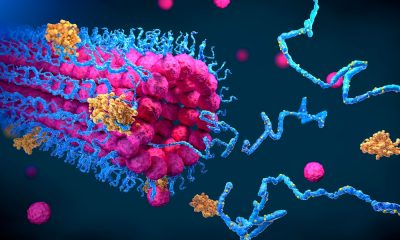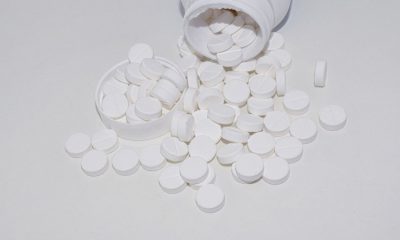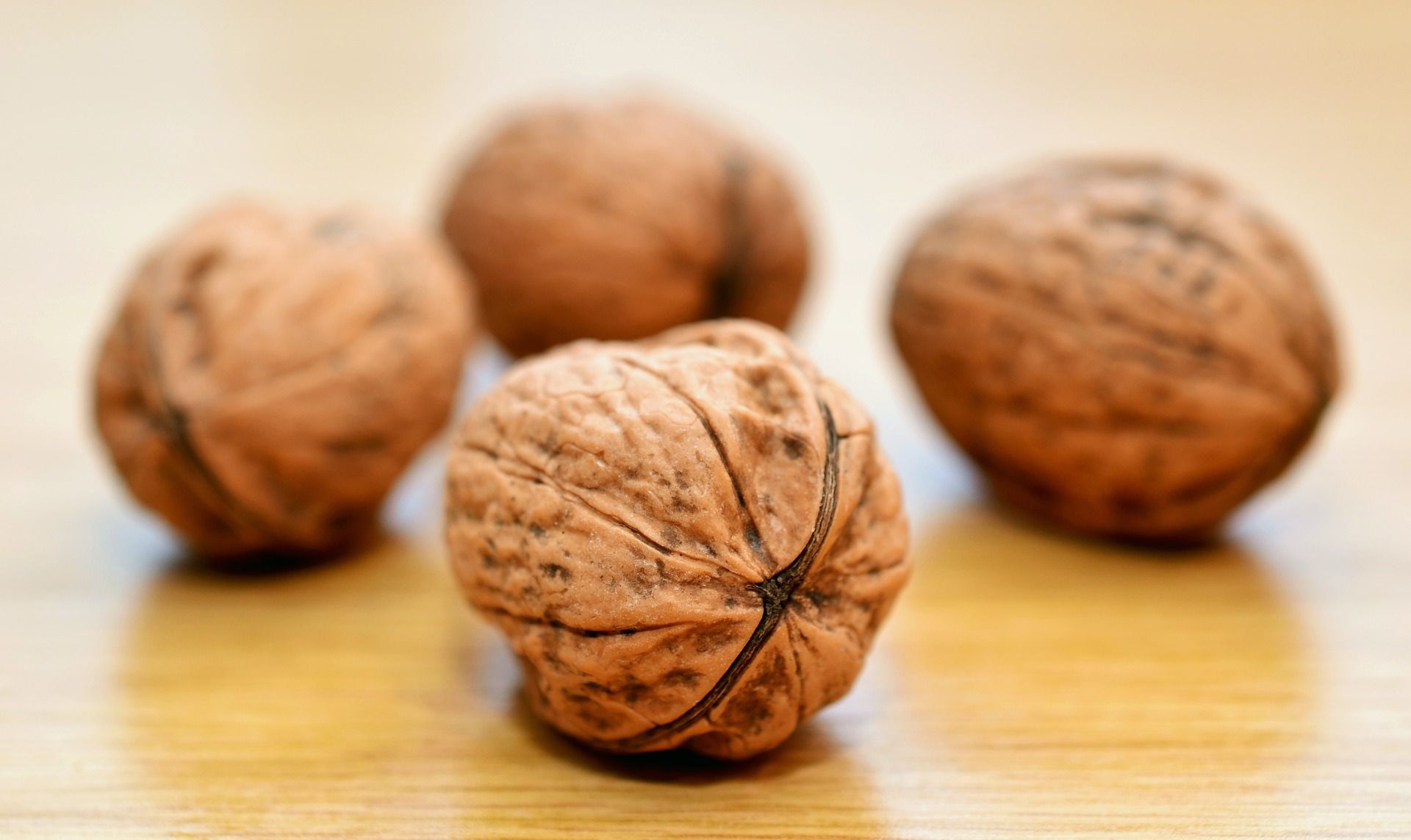White, brown, pink, and green–the colorful noises being touted to help one sleep better. But what do these noises actually mean and what effect do they have on sleep? Read on to find out.
The fanfare around these different noises begs the question–why is sleep getting so much attention? The answer may lie in the data from the U.K.’s National Health Service (NHS)from last year that showed that around 64% of young people of ages between 17 and 23 struggled to sleep, according to Sky News. The disparity between the genders was stark–76% of young women had trouble sleeping, compared to 53% of young men.
Let’s tackle these noises one by one.
White noise
According to Merriam-Webster, white noise is defined as “a heterogeneous mixture of sound waves extending over a wide frequency range.”
Examples of white noise include sounds that originate from fans, air conditioners, and radio static.
The white noise drowns out outside noises by giving off consistent noise. This, in turn, helps one to stay asleep undisturbed by sudden noises.
“Some people find white noise helpful as the brain has something relaxing to focus on instead of the surrounding environmental noises. White noise can not only help some people to fall asleep, it can help them to stay asleep,” Dr. Hana Patel, a GP in London, told Sky News.
Pink noise
Pink noise is similar to white noise, except it has a lower pitch. So, it may be more soothing to some people when compared to white noise. This noise is also said to aid in sleeping better.
Brown noise
WebMD defines brown noise, also called red noise, as one that “produces a rumbling sound that’s deeper with a bass-like tone than pink or white noise.” It is a deeper, stronger tone.
“Brown noise can trigger relaxation through low frequencies and is said to produce a sound that many people find soothing,” Steve Adams, a sleep expert at Mattress Online, told Sky News.
Moreover, Adams added brown noise can also alleviate tinnitus symptoms.
Green noise
The TikTok-famous sound has got a newfound popularity.
A more natural tone, green noise “is similar to brown or pink noise, but is generally more pleasant and relaxing to listen to,” Dr. Lindsay Browning, a psychologist, neuroscientist, and sleep expert, said.
Not a recognized term yet, green noise “is a recording of an actual sound in nature – such as a gentle waterfall or rain,” Browning added.
In summary, there are many noises out there projected to improve sleep. But which one works for an individual is a personal preference and can be found out only by trying the rainbow of noises the world has to offer.
In related news, a different group of researchers looked at the changes in people’s sleep duration throughout their lives, and how they might differ across countries, by assessing the data from 730,187 participants from 63 countries. While the youngest participants with the minimum age of 19 slept the most, sleep quality began declining as they progressed into early adulthood until 33 years of age, the study found. The decrease then slows down and plateaus, only for the sleep to increase again around the time they hit 53.
















